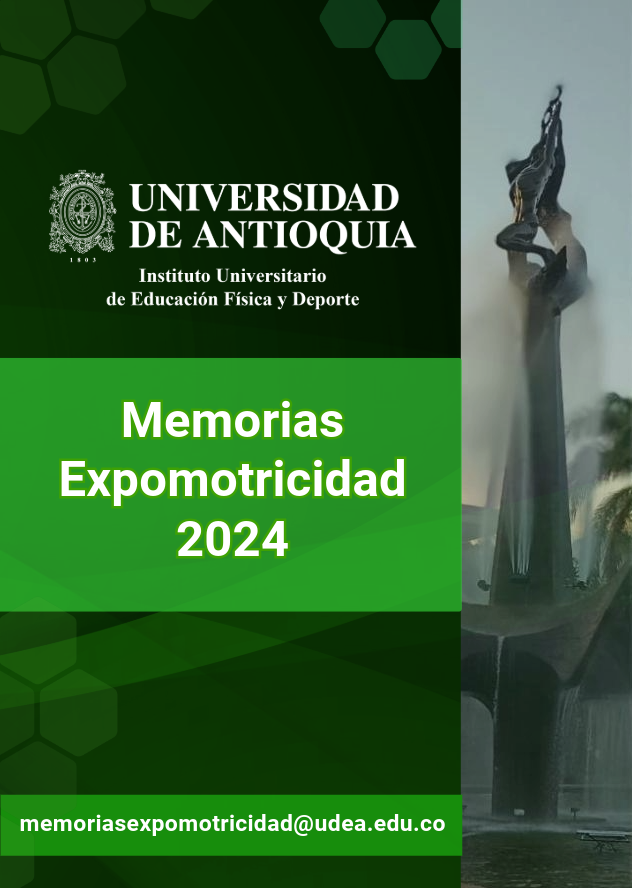Método Hernández-Corvo para classificação de pegada plantar usando inteligência artificial
Palavras-chave:
diagnóstico podiátrico, pegadas plantares, inteligência artificial, método Hernández-Corvo, redes neurais convolucionaisResumo
O uso da inteligência artificial (IA) na análise de dados e no processamento de imagens ganhou reconhecimento por sua alta validade e confiabilidade. O método do Índice Hernández-Corvo é amplamente utilizado em diagnósticos podológicos e áreas relacionadas para classificar as pegadas plantares. Portanto, o objetivo deste estudo foi classificar as pegadas de plantas usando o método Hernández-Corvo, aplicando redes neurais convolucionais (CNNs) como ferramenta de medição. Foi adotado um estudo observacional com abordagem descritiva de corte transversal. Um total de 275 indivíduos sem problemas de mobilidade participou da pesquisa. Antes de registrar a pegada plantar, os participantes descansaram por 15 minutos para minimizar a vascularização do pé. As pegadas foram classificadas como normais, cavo ou plano, e foram tiradas fotografias para gerar um conjunto de dados composto por 551 imagens para o treinamento da rede neural convolucional (CNN). Diferentes arquiteturas convolucionais foram modeladas e foram aplicadas técnicas como aumento de dados e regularização. A extração de recursos foi realizada usando a aprendizagem por transferência com a rede VGG16 previamente treinada. Vários modelos de CNNs foram treinados com técnicas diferentes. A arquitetura básica alcançou uma precisão de validação de 53 %. A incorporação da regularização L2 e do abandono nas camadas principais melhorou o desempenho do modelo em termos de controle de sobreajuste, mantendo a precisão da validação. Ao descongelar as duas últimas camadas das CNN e usar a rede VGG16, foi obtida uma precisão de validação de 91 %. Entretanto, ainda foram observados erros significativos na classificação dos tipos de pé cavo e normal. Foi demonstrada a viabilidade de treinar uma rede pré-treinada com recursos de computação limitados. O uso da rede VGG16, mais pequena, facilitou o treinamento, tornando desnecessário começar do zero, e destacou a eficácia da aprendizagem por transferência para melhorar a detecção de objetos. Devido às limitações computacionais, o processamento de imagens para cada tipo de pé com a rede VGG16 tornou-se mais simples, exigindo apenas o treinamento da camada final do modelo. O uso das CNN para classificar as pegadas plantares com base no método Hernández-Corvo em indivíduos aparentemente saudáveis mostrou-se altamente eficaz.
Downloads
Referências
1. Berenguer, L. O. (2022). Clasificación de huellas dactilares mediante redes neuronales convolucionales [Tesis de maestría, Universidad Europea de Madrid]. http://hdl.handle.net/20.500.12880/2999
2. Butler, R. J., Hillstrom, H., Song, J., Richards, C. J., y Davis, I. S. (2008). Arch Height Index Measurement System: Establishment of Reliability and Normative Values. Journal of the American Podiatric Medical Association, 98(2), 102-106. https://doi.org/10.7547/0980102
3. Gutiérrez-Vilahú, L., Massó-Ortigosa, N., Costa-Tutusaus, L., y Guerra-Balic, M. (2015). Reliability and Validity of the Footprint Assessment Method Using Photoshop CS5 Software. Journal of the American Podiatric Medical Association, 105(3), 226-232. https://doi.org/10.7547/0003-0538-105.3.226
4. Laritza, P., y Raquel, D. (2022). Implementación de CNN basada en una arquitectura VGG16 para detección y clasificación de árboles mediante la segmentación semántica en imágenes aéreas. Research in Computing Science, 151(7), 157-170. https://rcs.cic.ipn.mx/2022_151_7/Implementacion%20de%20CNN%20basada%20en%20una%20arquitectura%20VGG16%20para%20deteccion%20y%20clasificacion.pdf#:~:text=En%20este%20trabajo%20se%20propone%20aplicar%20una%20red,especies%20de%20%CC%81arboles%20aunado%20finalmente%20a%20la%20apli
5. Ruiz, R. B., y Velásquez, J. D. (2023). Inteligencia artificial al servicio de la salud del futuro. Revista Médica Clínica Las Condes, 34(1), 84-91. https://doi.org/10.1016/J.RMCLC.2022.12.001
6. Scano, A., Molteni, F., y Tosatti, L. M. (2019). Low-Cost Tracking Systems Allow Fine Biomechanical Evaluation of Upper-Limb Daily-Life Gestures in Healthy People and Post-Stroke Patients. Sensors, 19(5), 1224. https://doi.org/10.3390/S19051224
Downloads
Publicado
Como Citar
Edição
Seção
Licença
Copyright (c) 2024 July Paola Moreno Alvarado, Leonardo Rodríguez Perdomo

Este trabalho está licenciado sob uma licença Creative Commons Attribution-NonCommercial-ShareAlike 4.0 International License.




